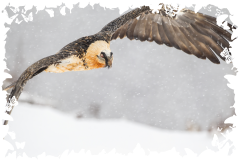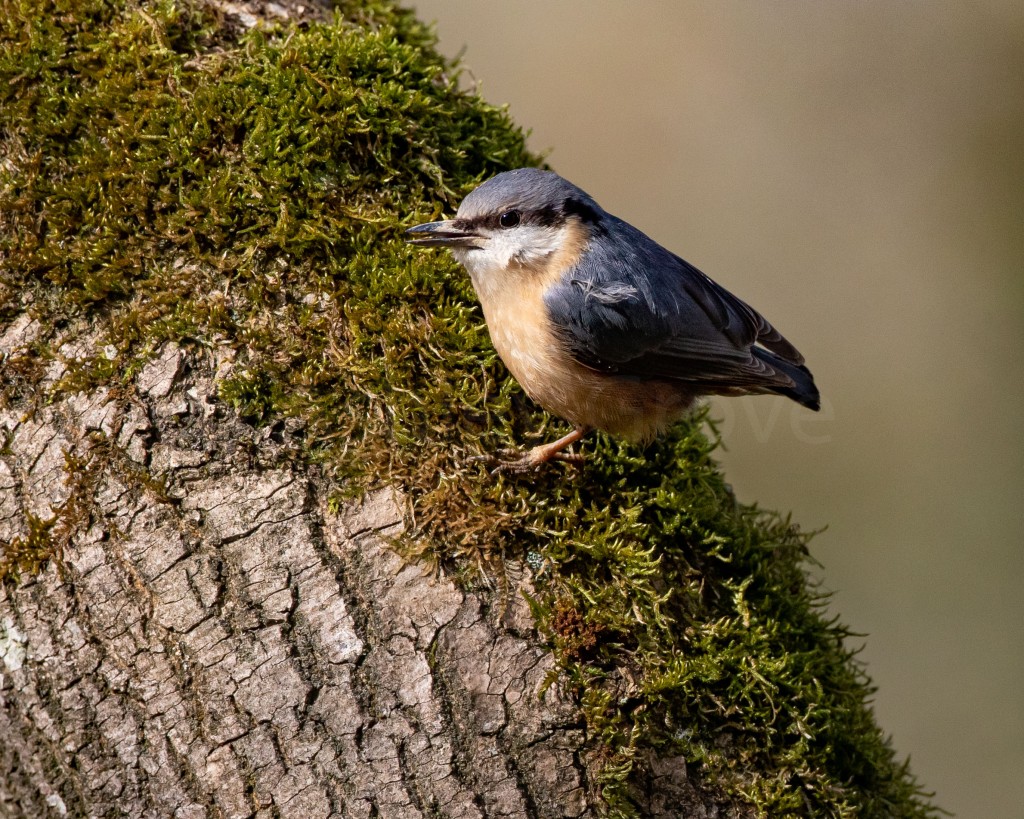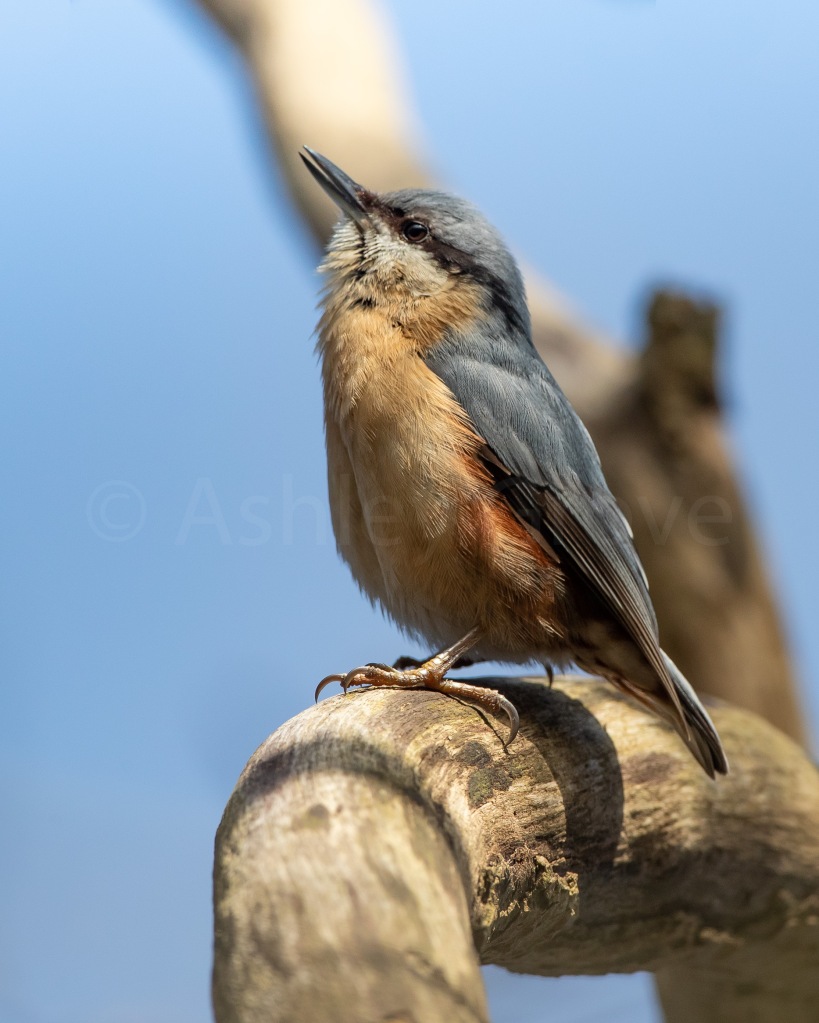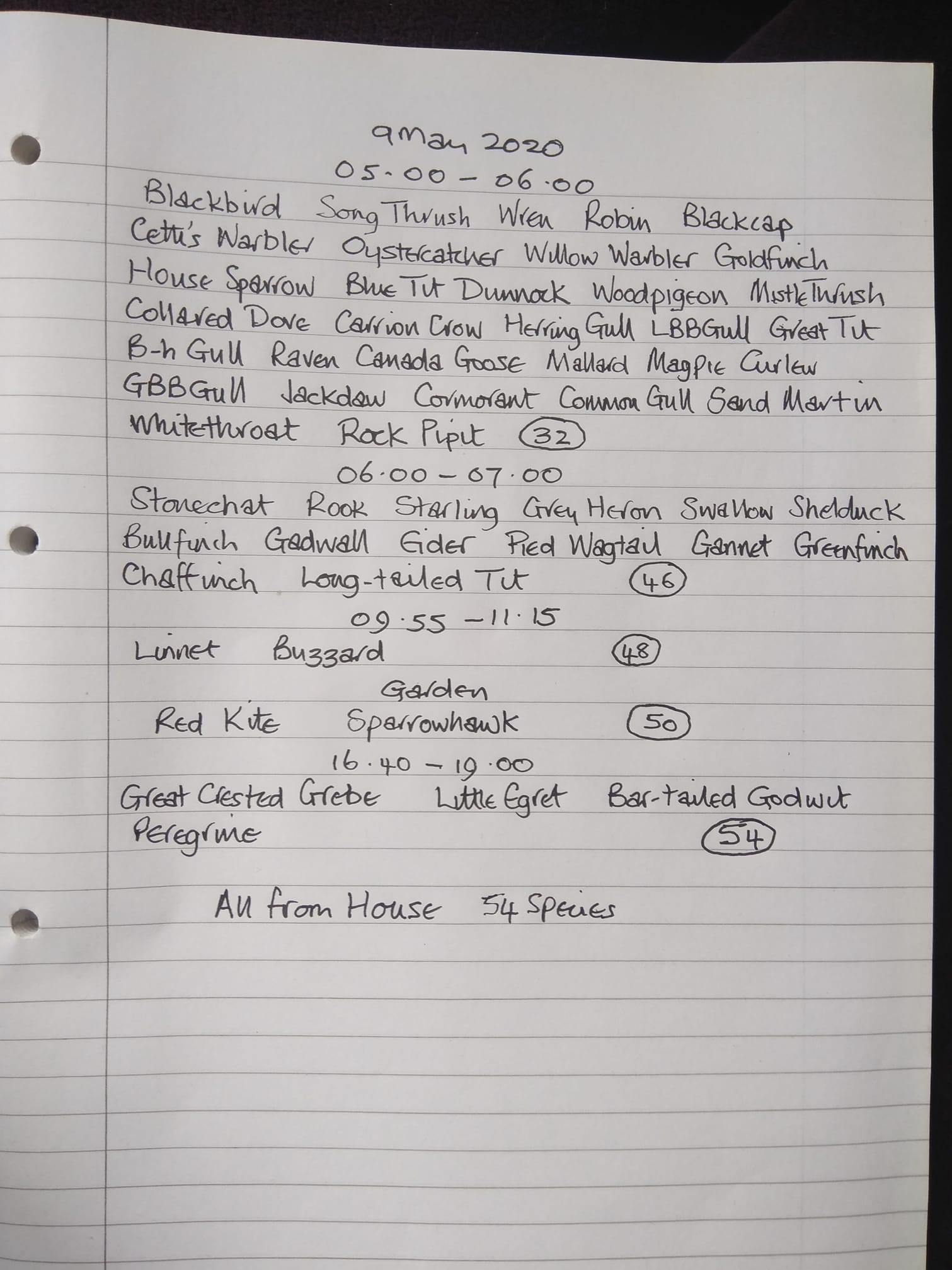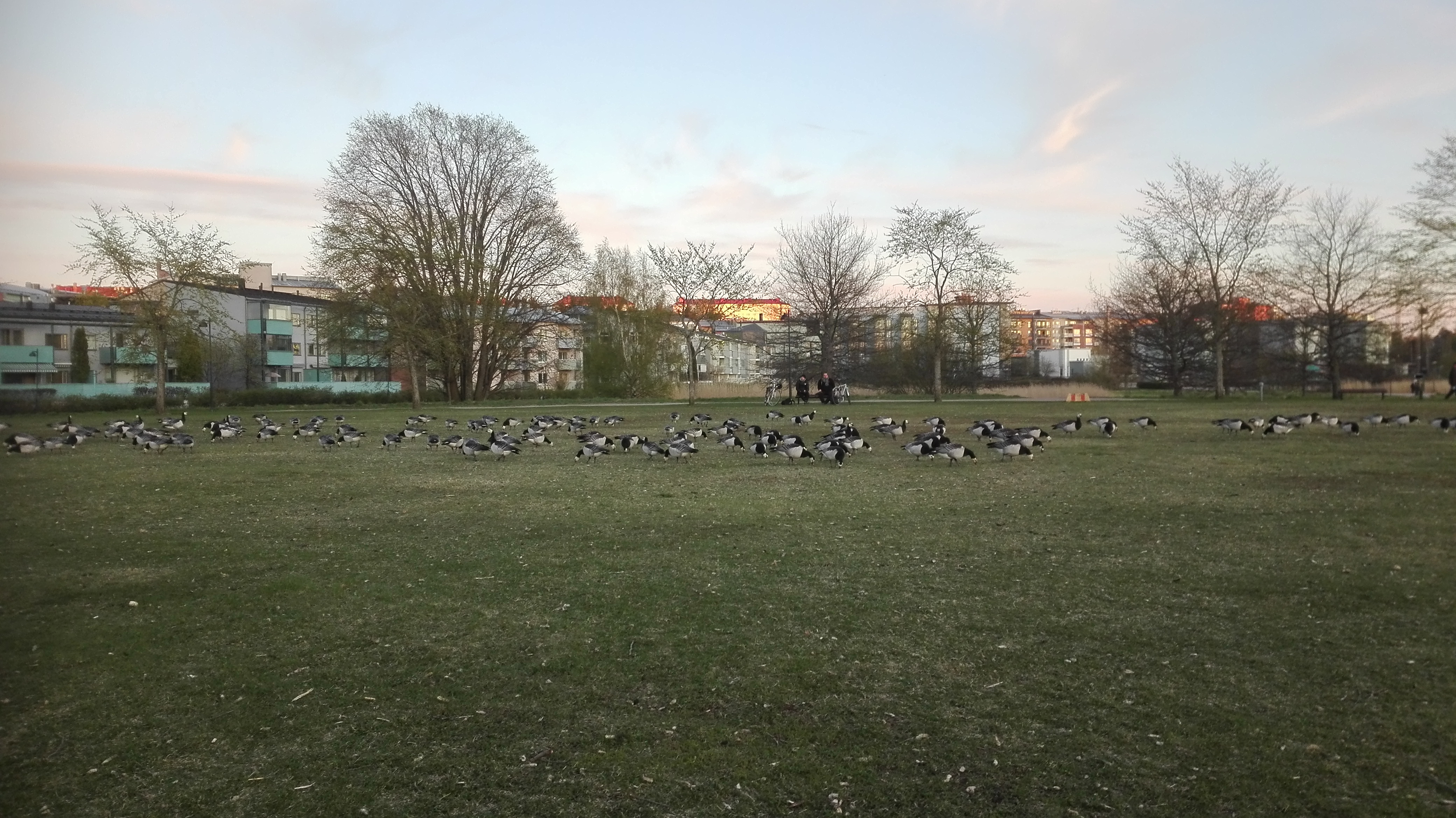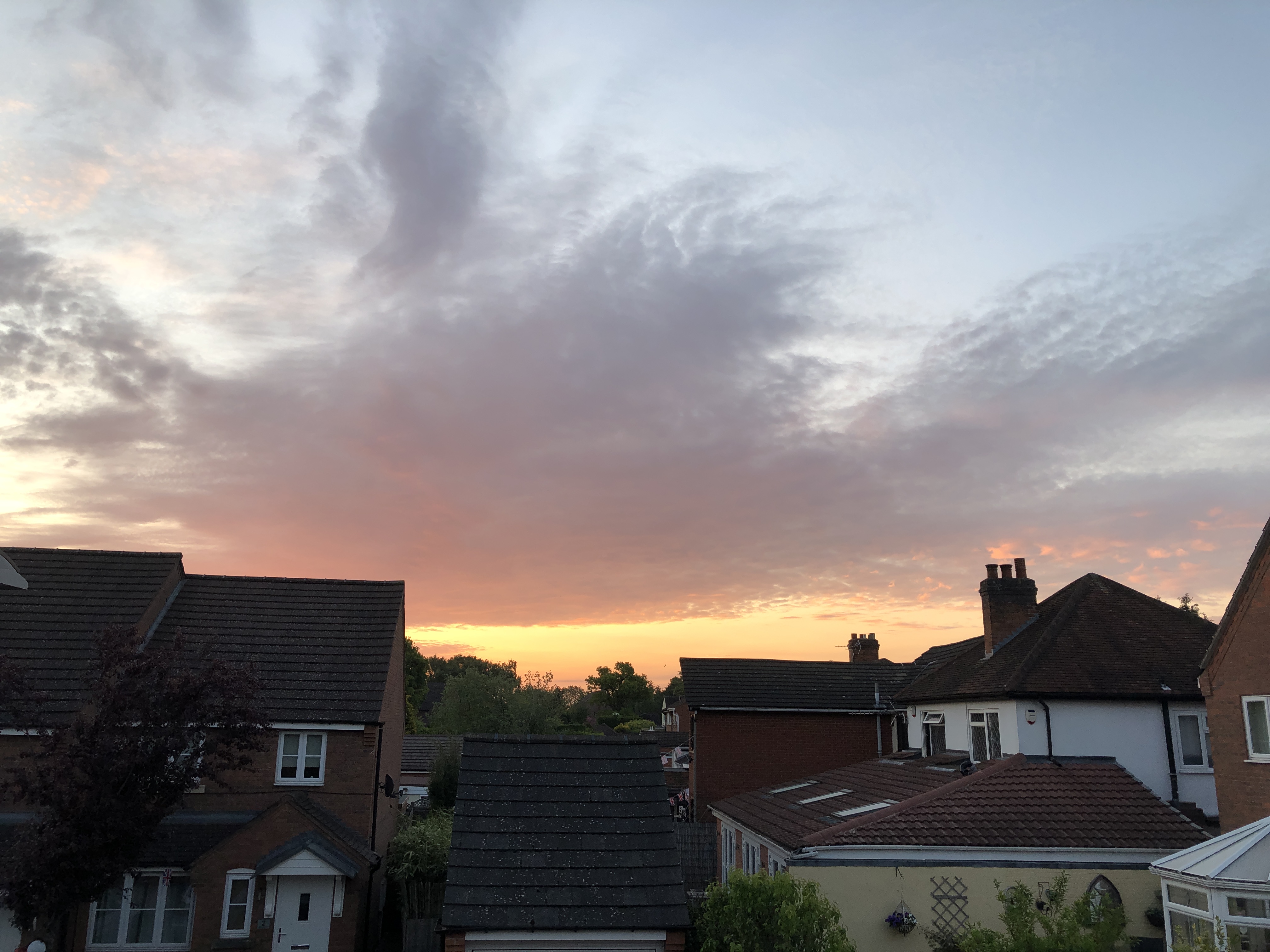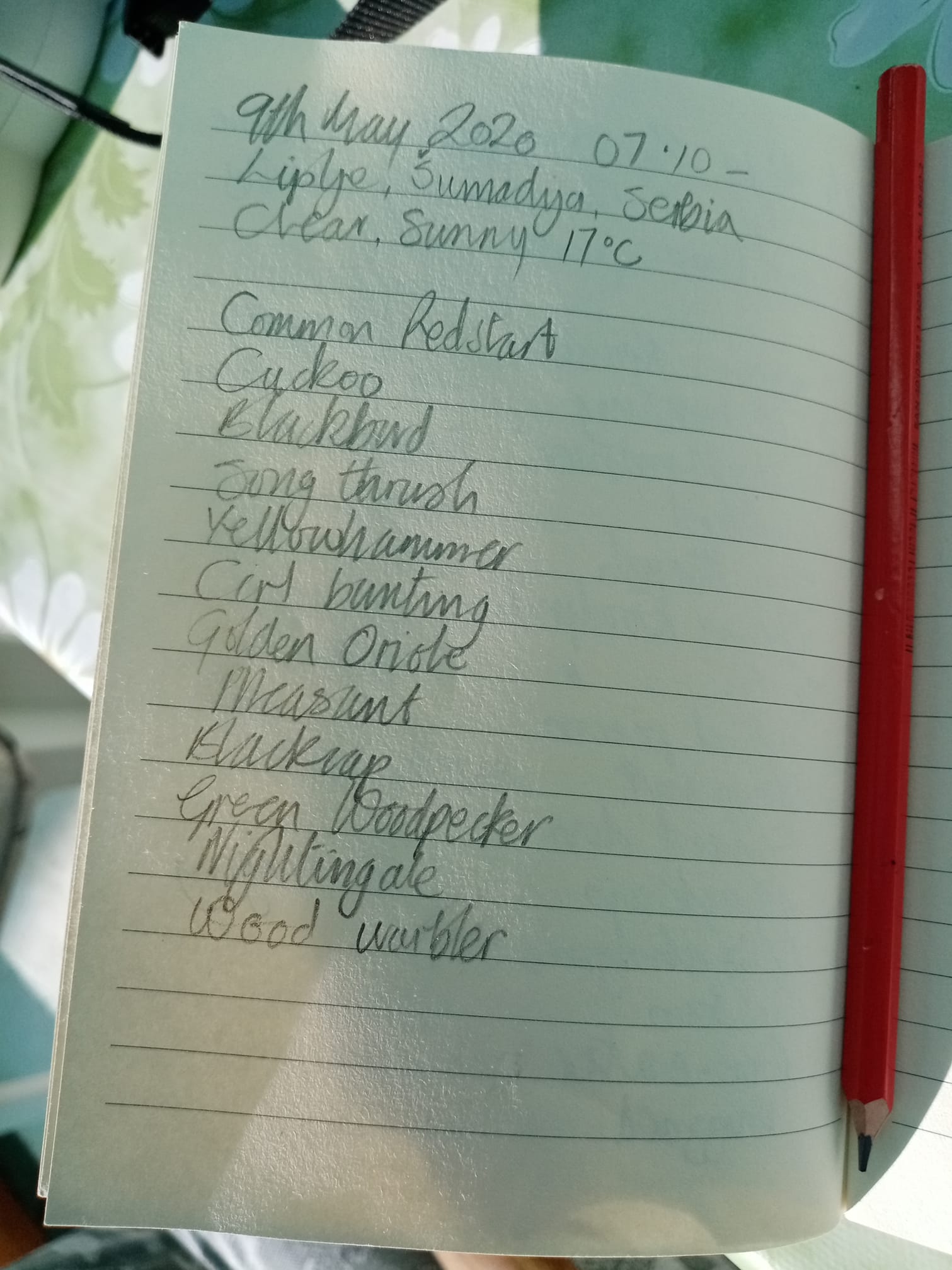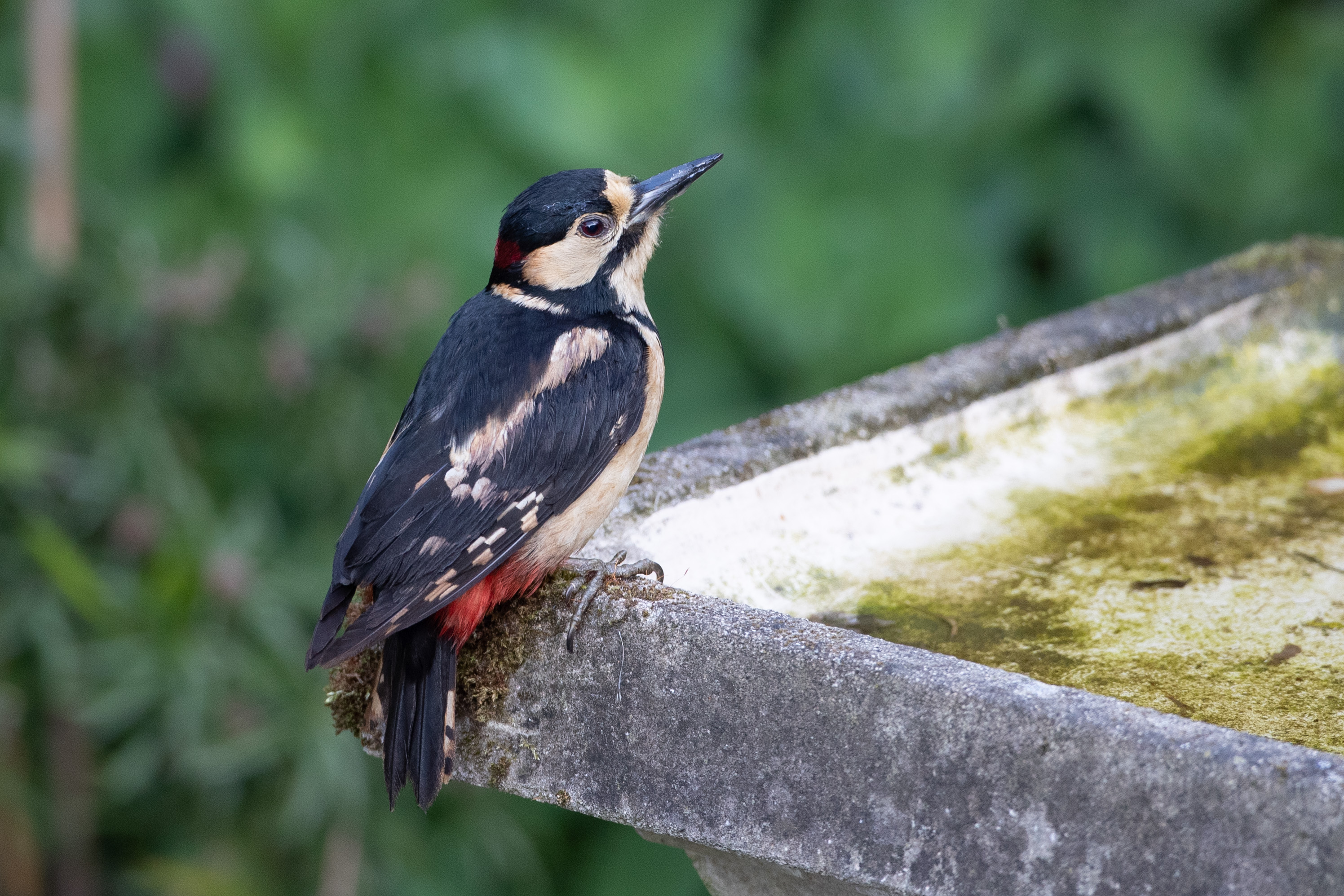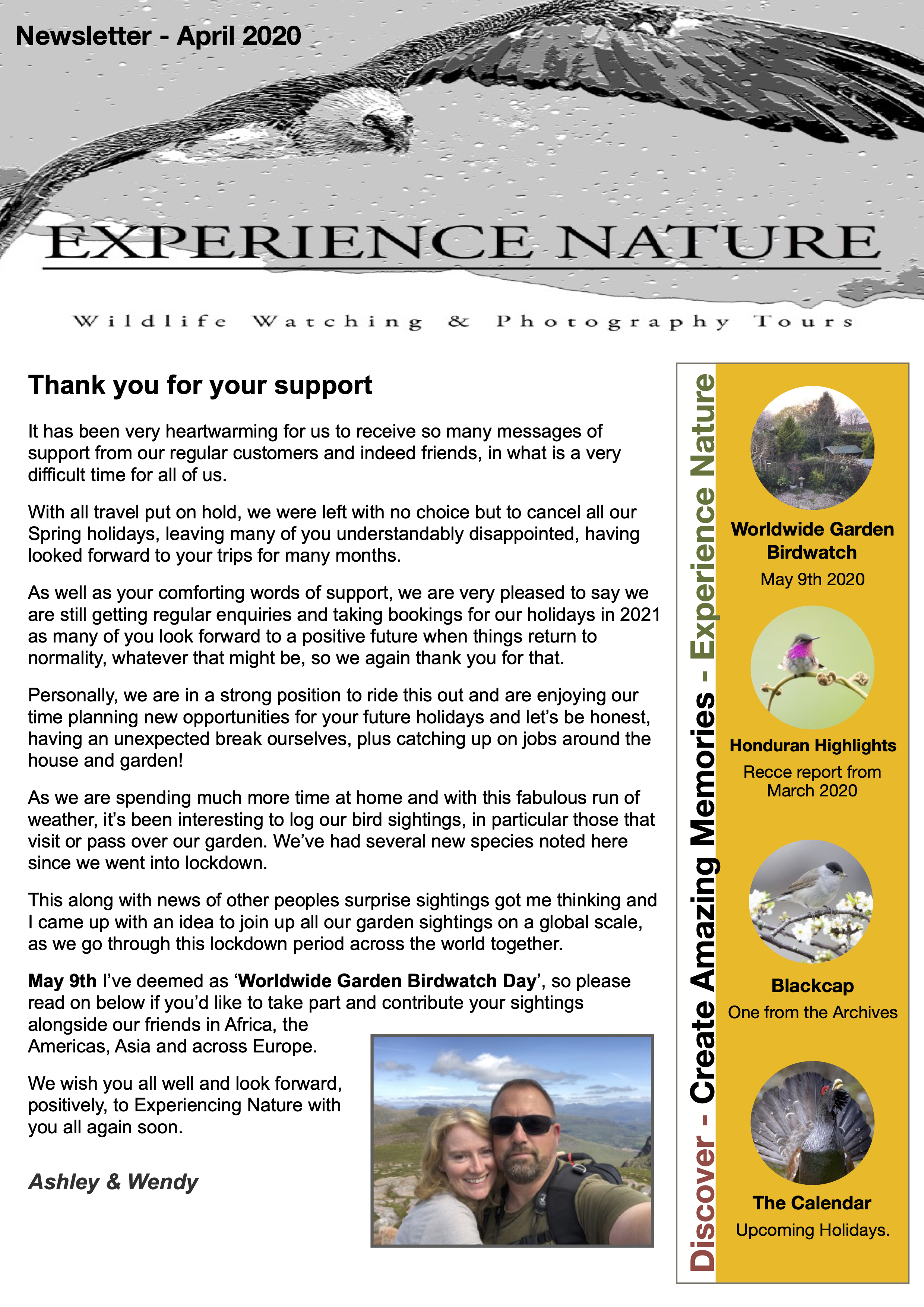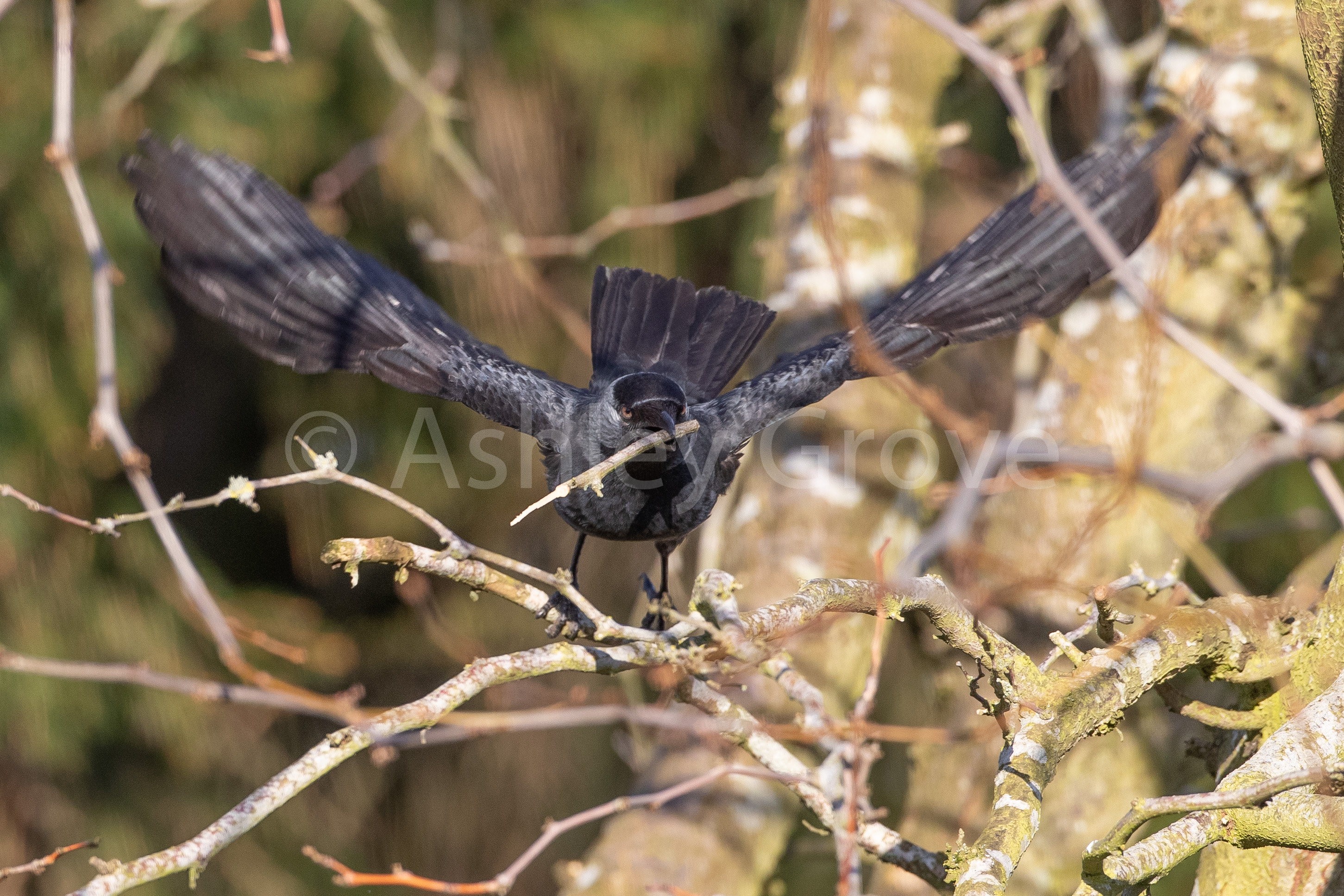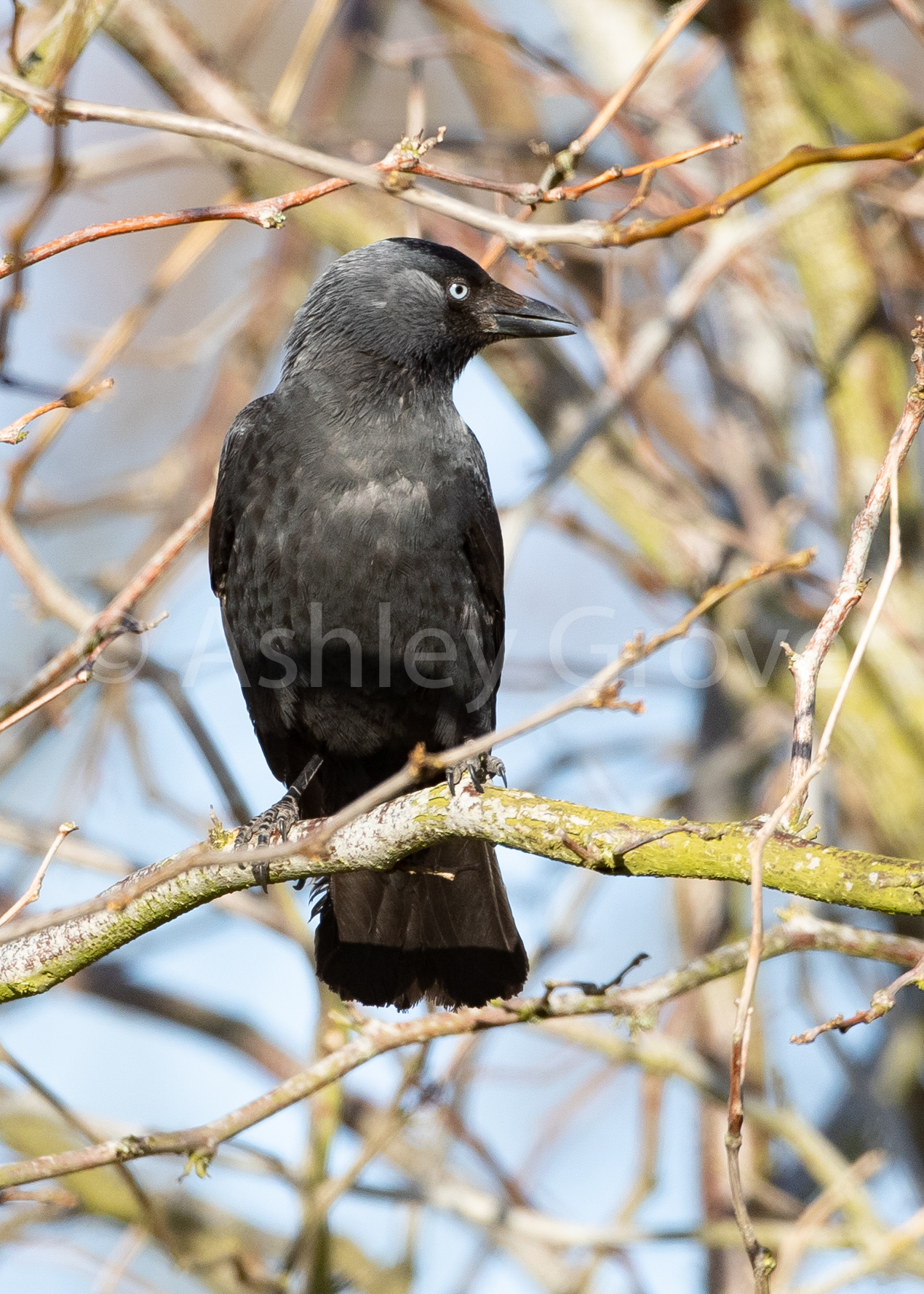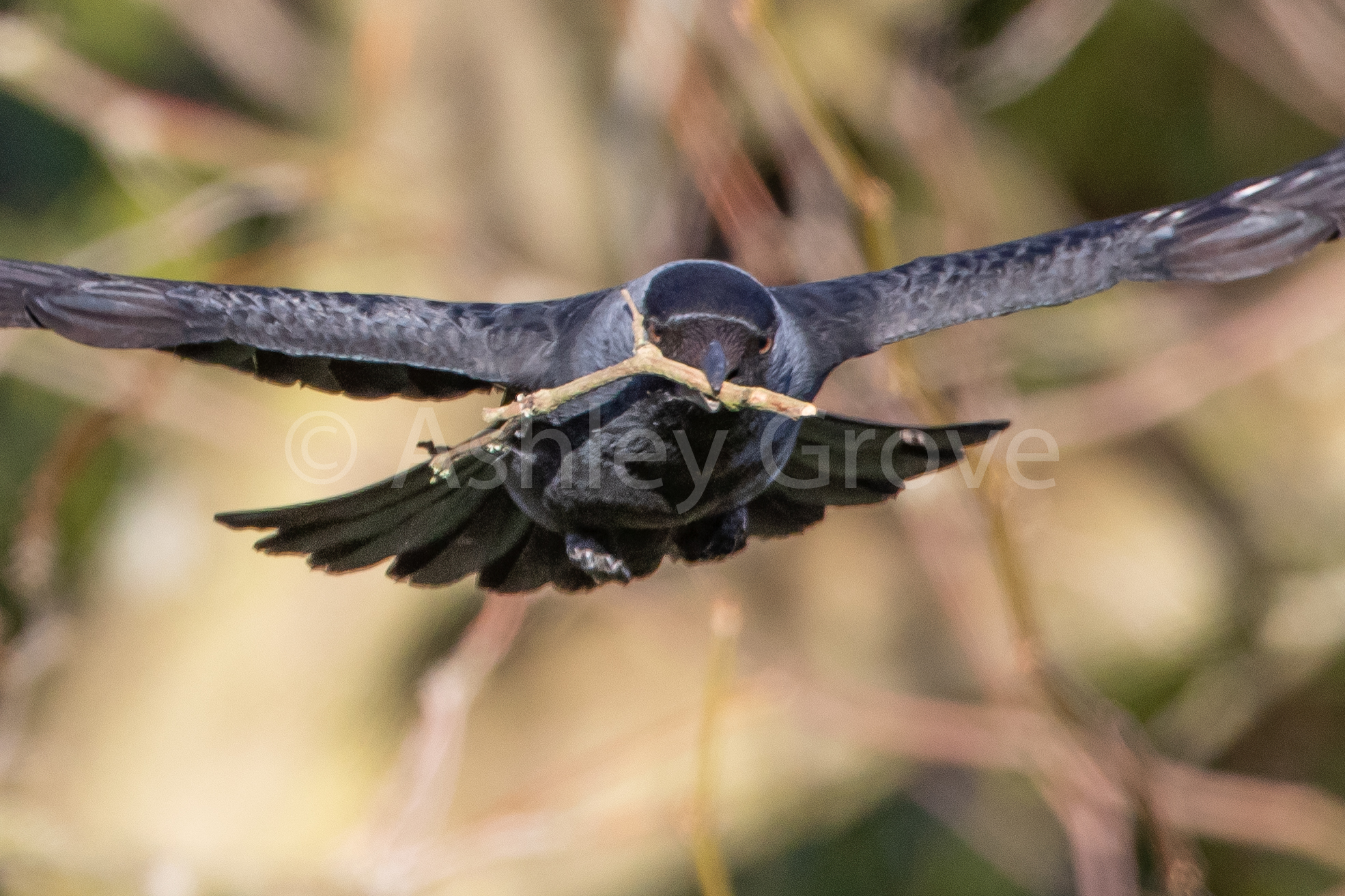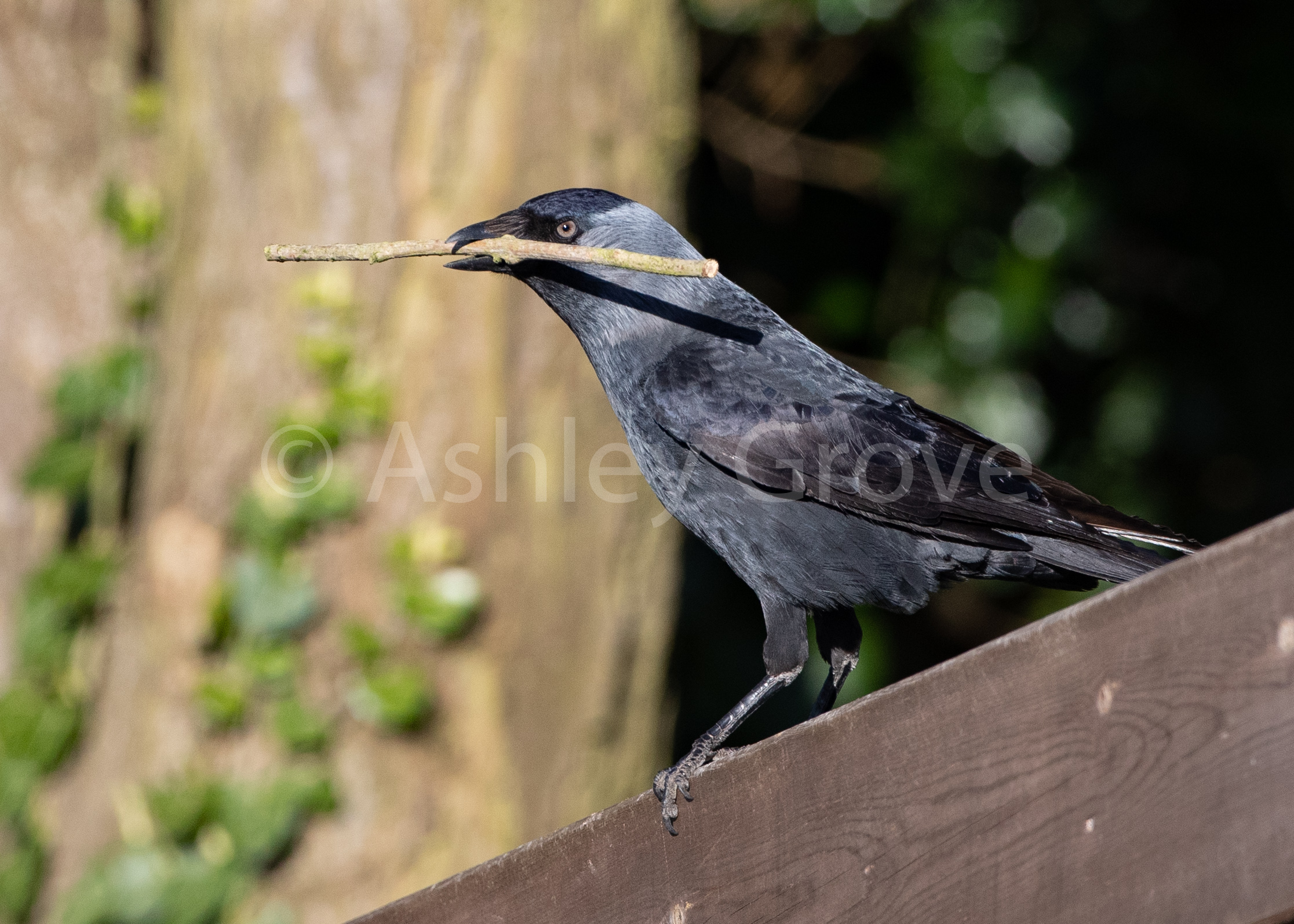
I’m often asked which of our holidays I enjoy running the most and the true answer is that there are reasons each one is the best. The Spanish Pyrenees for its tranquility and getting up close to 400 plus vultures including Lammergeiers at touching distance, The Gambia for its diverse and colourful birdlife, perhaps my various Scotland holidays based at the Grant Arms for the best mix of top birds and first class hosting by the team at the hotel.
Sweden is certainly right up there for lots of reasons and in some years over 25,000 reasons as we time our visit to coincide with the migration of Common Cranes in the Lake Hornborga area.

Visiting at the time of historic peaks in Crane numbers, we are guaranteed an amazing experience, but things do change annually. For example in 2020 during the covid pandemic while people stayed home, the Crane numbers at Hornborga where down, presumably because they were feeding undisturbed in a wider area. This year numbers have been again comparatively low (12,400 being the peak) possibly due to the lakes water level being its highest in decades, so normally shallow areas where the Cranes would roost were simply too deep.
Certainly the species is undergoing change, possibly climate related, with UK populations on the rise, birds now breeding in Ireland for the first time in over 200 years and even some of the overwintering birds in Portugal are staying to breed there thus expanding the breeding range of the species dramatically.

Much like last years holiday we arrived to a picturesque winter landscape, dotted with traditionally red painted buildings and an outside temperature hovering just above zero, but we soon warmed up in the cosy atmosphere of the mill.


Sweden is one of those places where you instantly unwind, especially in the tranquil setting of our accommodation. Fresh air in abundance and a backdrop filled with the calls of Scandinavian Nuthatches, Cranes and the drumming of Woodpeckers.
The highlight of this holiday though has to be the sight and sound of the Cranes at Lake Hornborga which has been a traditional migration stop off for birds moving further north into Scandinavia and Russia to breed. The lake has been a protected area for wildlife since 1965 and more recently gained status as a UNESCO World Heritage site, not only for its importance to wildlife but also for historical and architectural reasons.
Barley grain is spread every evening on the Southern shore of the lake once the Cranes have moved off to roost, so when they return at dawn the following day breakfast is already on the table!

The majority of the birds are already paired up, with some staying to breed locally, so lots of dancing going on, which gives name to the visitor centre on site ‘Trandansen’ Crane Dance.


Again in similarity to the 2022 holiday, Spring arrived halfway through our visit with temperatures of 12 to 14 degrees, blue skies and no wind at all, which cleared the final remnants of the snow, making our birdwatching around the local area much more comfortable.
We came across some good birds on this holiday, Golden & White-tailed Eagle, Hen Harrier, Lesser-spotted Woodpecker, Hawfinch, Brambling, Parrot Crossbill, Green-winged Teal, Smew and all five of Europes Grebes in glorious breeding plumage.



The other aspect of this holiday aside of the wildlife, tranquility, first class hospitality and comfort, is the amazing food. Each year I struggle to remove my group from the breakfast buffet, with multi trips required to make the best of it. Cured meats, salmon, rollmops in various dressings, cheeses, artisan breads, build your own muesli, yogurts, pickles, peppers, etc… Lunches and evening meals are equally impressive with locally sourced produce at the heart of every meal.
We also take our last dinner out at a locally famous restaurant run by a couple who are head chef and an artist, so the gallery and gift shop is always worth some time before or after the meal.
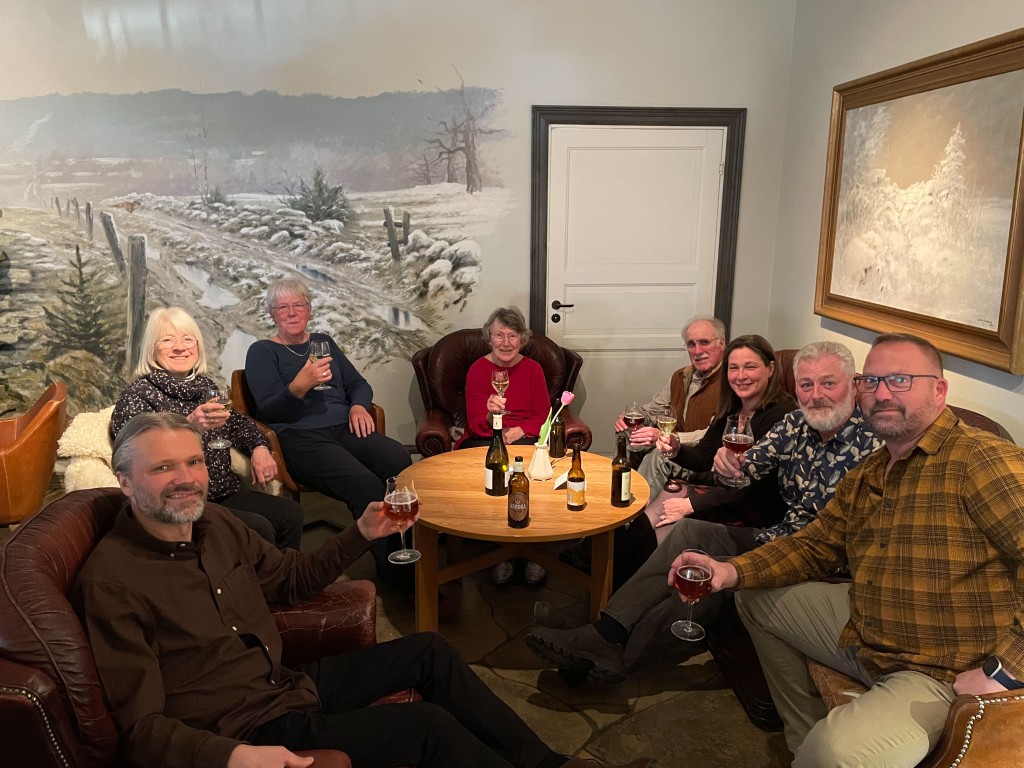
We’ll next be running this holiday April 9th-13th 2025 and already have interest, so if you like to join us for an experience never to be forgotten, please do get in touch.
